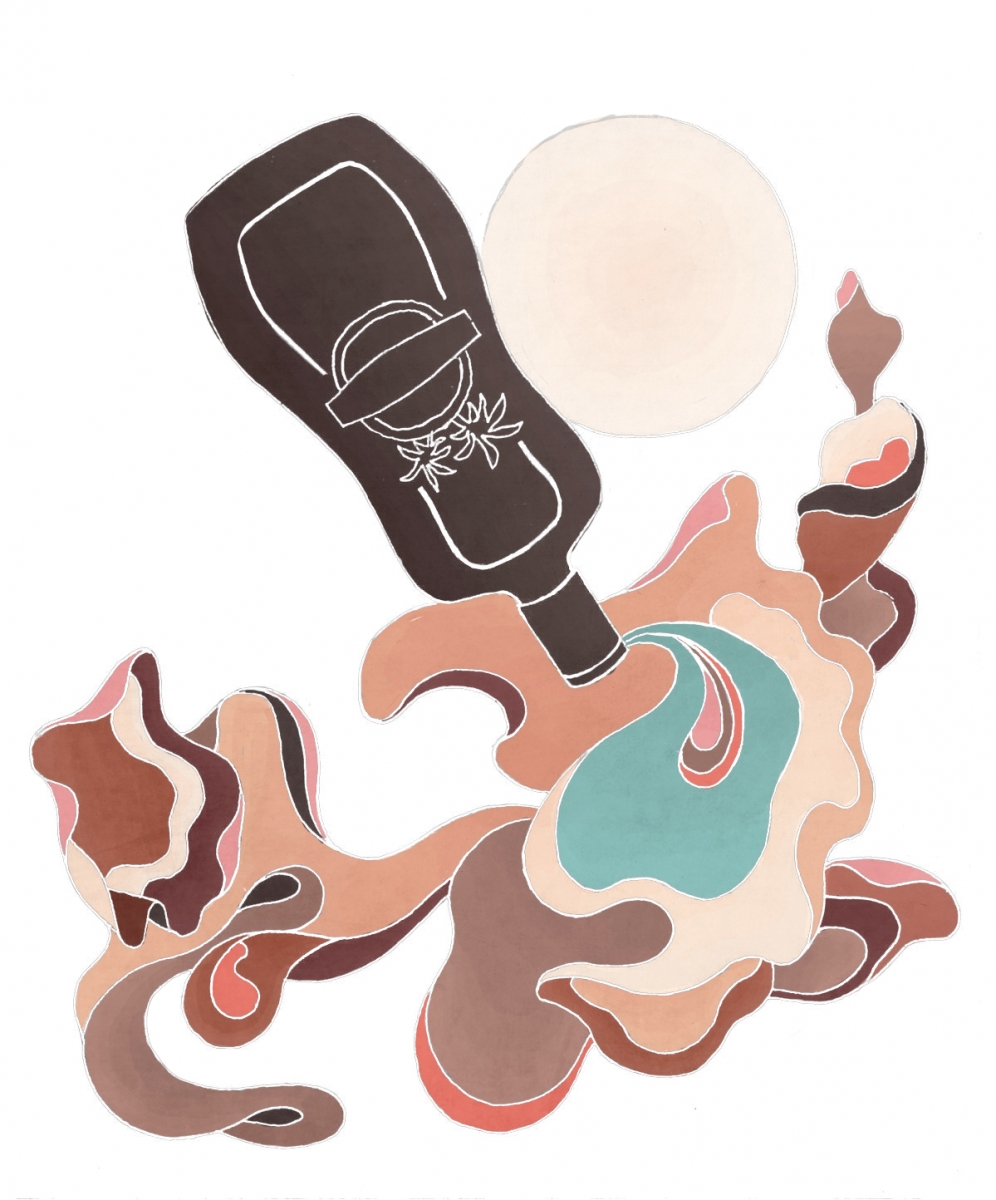“Most of my patients are just looking for a little bit of help in those areas. They’re not looking for radical stuff.”
Photofacial treatments use a type of laser light to remove excess pigmentation and reduce the appearance of small blood vessels in the skin.
With cosmetic muscle relaxants, patients often have fears about looking “frozen” or unnatural. But Elliott, who has had these sorts of treatments as part of his practice for the past 11 years, says that, if you’re in good hands, those fears are unfounded.
“You can certainly create that appearance if you overdo it. If the face doesn’t move and there’s no expression, that doesn’t look normal,” says Elliott, adding that most careful physicians will counsel patients away from wanting that sort of look.”The problem is that patients don’t get to see good results in others, because you can’t see good results. Those faces just look like normal people.So the art in doing it is to minimize or take away expression that we don’t want, such as frowning, but still leave the face normally animated.”
He adds, though, that fillers – which replace the facial volume that we lose as we age – might be a better option for patients looking to restore the “round, full contours of youth.” These fillers are gels containing hyaluronic acid, a substance that is naturally found in the human body.
“In skilled hands, you can create a much greater improvement in the face with volume replacement than you can with purely relaxing muscle,” Elliott says.
Manuel’s hands also have to be very skilled to administer SMP treatments. She first read about the procedure on the Internet in 2013, and went to British Columbia for training before setting up shop in Edmonton.
For a whole head, SMP can take up to 12 hours total – three appointments of three to four hours each. The ink is specially made, but can fade in sunlight like other tattoo inks, so Manuel always does a test patch first.
